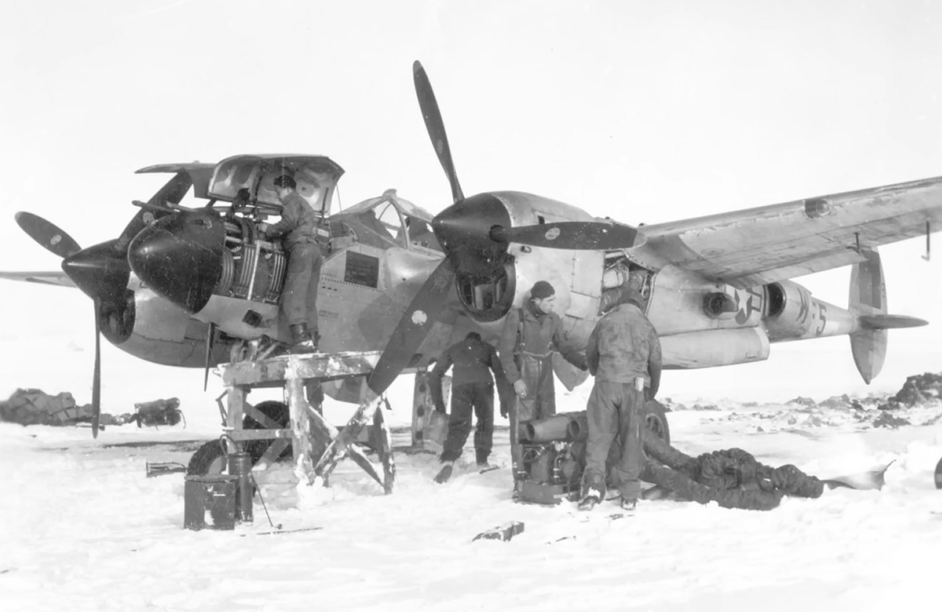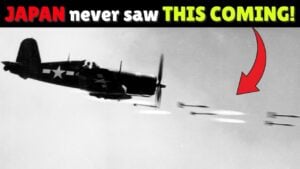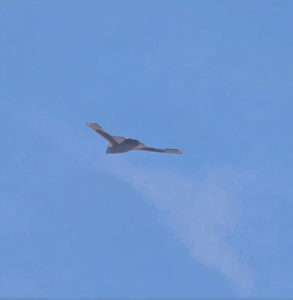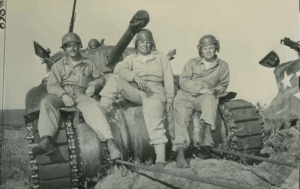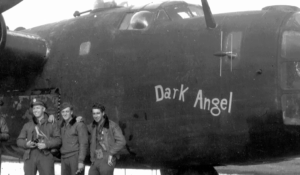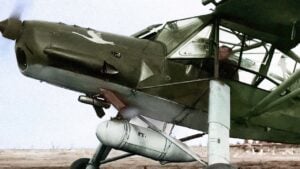How One Mechanic’s “Crazy” Supercharger Hack Made the P-38 Outclimb Every Axis Fighter
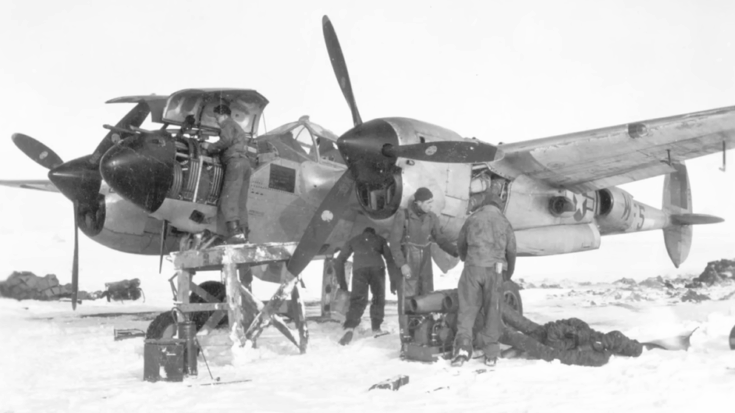
WW2 Secrets / YouTube
In 1943, American airmen flying the Lockheed P-38 Lightning found themselves at a serious disadvantage when engaging German fighters at high altitude. Their two-engine fighter, though fast in some respects, struggled to climb or fight effectively above 20,000 feet. Then a little-known field repair changed everything. A staff sergeant in North Africa quietly bypassed a supercharger intercooler valve—and the Lightning began to dominate the sky.
Origins of the Problem
Early in the war the P-38 served well in many roles, but when it came to high altitude combat it faltered. The plane employed Allison V-1710 engines paired with turbosuperchargors and intercoolers. These systems were meant to maintain engine performance at altitude. Yet in practice, many aircraft faced overheating of the charge air and engine detonation risks, particularly in the European theatre where altitudes were higher. The mechanical systems and field conditions simply weren’t matching the theory.
In retreats from this mismatch, some Lightning units began suffering heavy losses. German fighters could climb faster or intercept at higher levels; the P-38s lacked the climb rate and ceiling to counter effectively. The aircraft had potential, but it was held back by its altitude performance. One mechanic—unconnected to high command—decided to act.
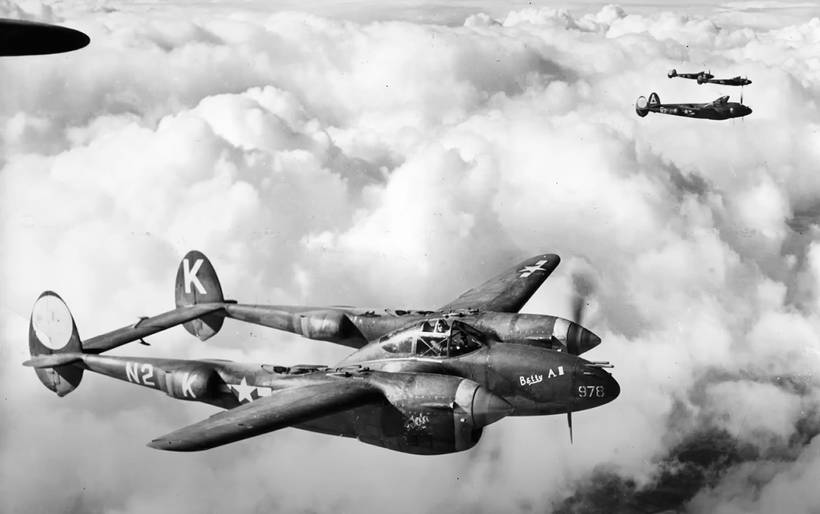
The Unauthorized Fix
In a forward repair depot in North Africa a staff sergeant bypassed the intercooler’s thermostatic control valve. Official risk-factors painted this as reckless, but the change produced dramatic results: more accepted manifold pressure, cooler intake air, increased horsepower at altitude, and notably improved climb rate. The standard intercooler system, placed in the wing’s leading edge in earlier models, had proved vulnerable and limited the engine’s high-altitude rating. The mechanic’s hack allowed the plane to regain performance at the altitudes where German fighters excelled.
The effect on the P-38 was immediate. Pilots reported a climb rate improvement of about fifteen percent and roughly 200 additional horsepower available at high altitude. They now could engage German fighters on more equal terms. The field modification forced the manufacturer Lockheed and the US Army Air Forces to reconsider the design and move toward production models like the P-38J and P-38L featuring better cooling, upgraded intercoolers, and improved altitude performance.
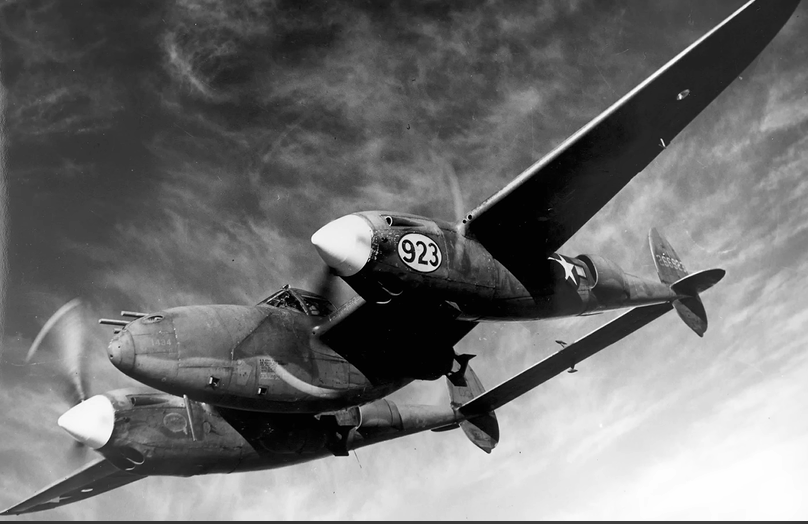
Combat Results and Legacy
Once the modification spread, P-38 units began achieving better results in Europe and the Pacific. German pilots noted the improved climb and ceiling of later Lightnings. The improved versions arrived too late to rewrite all of air war, but the improved performance earned the aircraft a strong reputation in the Pacific among other theaters. The field fix had shown how grassroots innovation could override engineering orthodoxy and bureaucracy.
The mechanic who initiated the change remains unnamed in many accounts—his story hidden behind official reports and classified documents. Yet his decision to bypass a valve, risk regulation and safety, and give pilots a fighting chance above the clouds made a real difference. He proved that sometimes small changes in engine and cooling systems could unlock dramatic gains in aircraft performance.
By mid-1944 the P-38J, with its improved core-type intercooler design mounted in the engine nacelle “chin,” and the P-38L, with further refinements, were flying with better altitude capability and reliability. The hack in North Africa helped drive those changes. In that sense, one mechanic’s quiet modification played a significant part in the evolution of one of America’s main fighters of the war.
